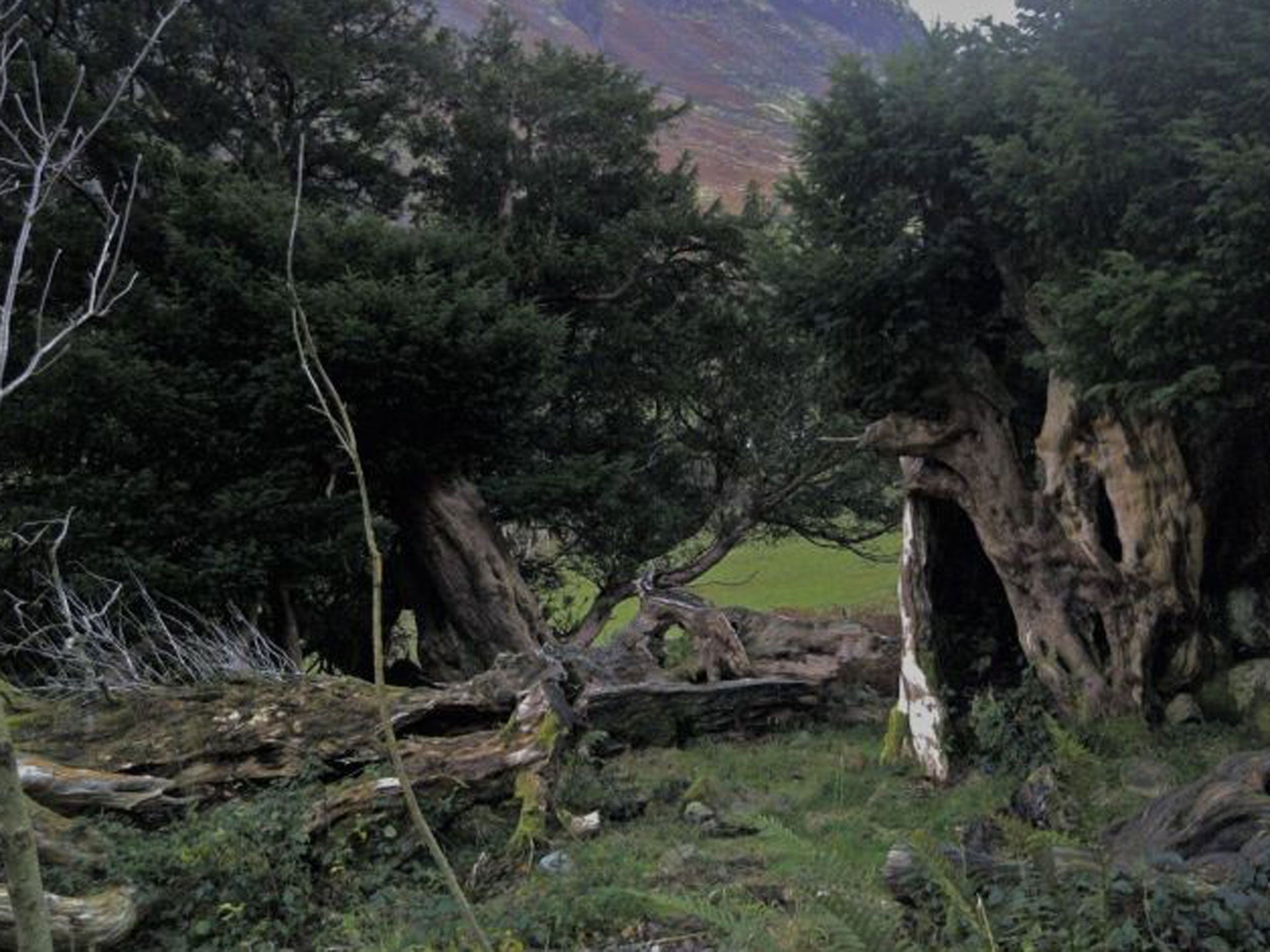Britain's oldest living thing is dying
The Ashbrittle Yew may have contracted a disease according to the warden of the church where it resides

Britain’s oldest living organism may be in its death throes after potentially contracting a disease.
The Ashbrittle Yew, which is thought to be anywhere between 3,500 and 4,000 years old, may by dying after locals near its home at the Church of St John the Baptist, in Ashbrittle, Somerset, said that it may be suffering from an unspecified arboreal infection.
They say the branches of the tree, which has girth of over 38ft and vast canopy, are starting to wilt and its evergreen leaves have begun to fall.
Churchwarden Charles Doble said: “The tree is supposed to be the oldest living thing in England and was already fairly mature when Stonehenge was being built.”
“But it’s looking extremely sick at the moment and I’m worried whether the rural church or the yew will die first.”
However, tree expert Dr Owen Johnson told the Telegraph that the yew, in the village 10 miles west of the town of Taunton, said that yew could simply be going through a bad patch and it was unlikely that it would die of old age any time soon.
He said: “They go through spells where they might look as though they are not thriving, but a few years later they might look fine. They are almost immortal.”
The Ashbrittle Yew is the subject of much myth and legend and many believe the mound where it grows is a Bronze age tomb and a pre-Roman chieftain is buried there.
The Tree Register marks it as one its “Champion Trees” and as one of the top 20 trees in the country.
Tim Hills, a founder of the Ancient Yews group, said: “Yews go through cycles when they replace their leaves every eight or nine years.
“It may look as though this tree is suffering. But this yew will probably outlive the church.”
Yew wood is regenerative. Dropped branches are able to form into new trees where they touch the ground and yew beams may begin to sprout again, long after they have been made into houses.
Their bright red berries are also poisonous and consumption, in some cases, can be fatal.
The current title for the oldest tree in the world is held by a bristlecone pine in California that is thought to be 5,063 years old and grows in the White Mountains region of the state.
Join our commenting forum
Join thought-provoking conversations, follow other Independent readers and see their replies
Comments
Bookmark popover
Removed from bookmarks